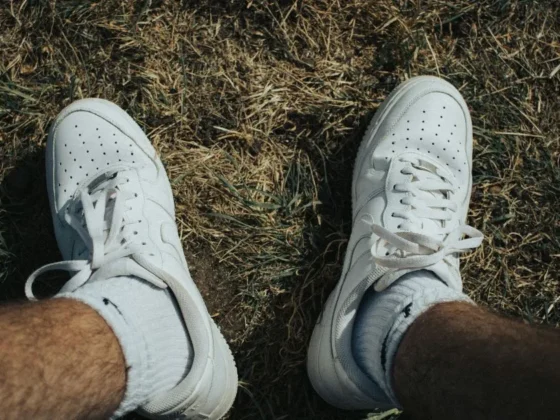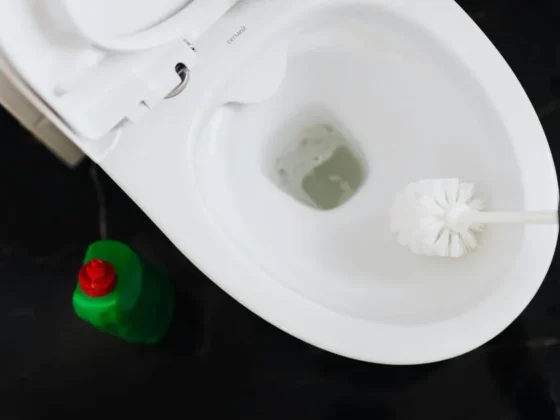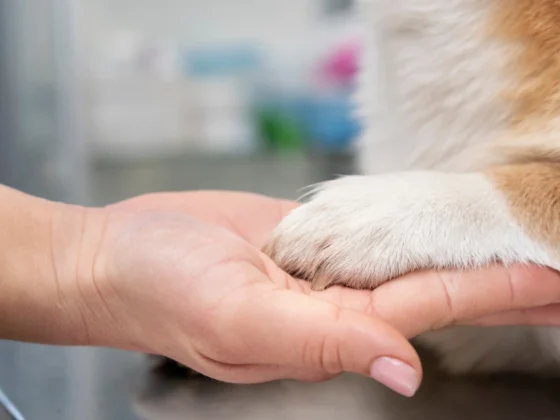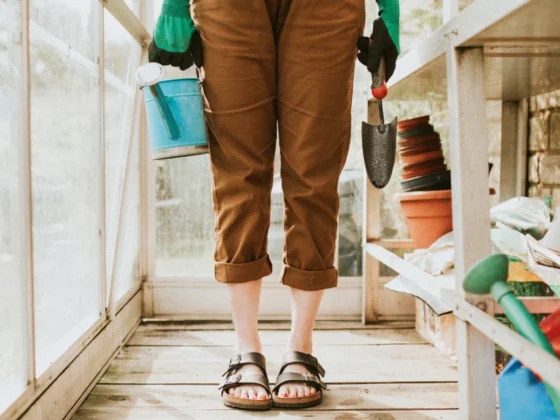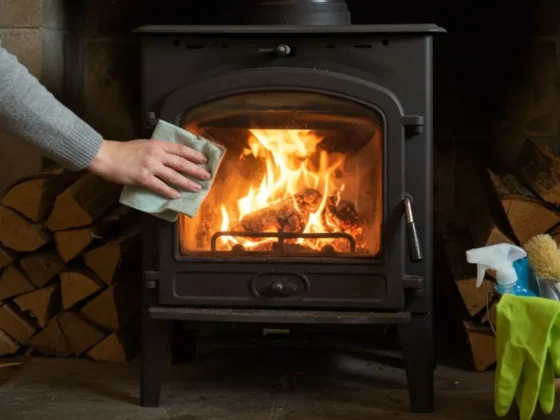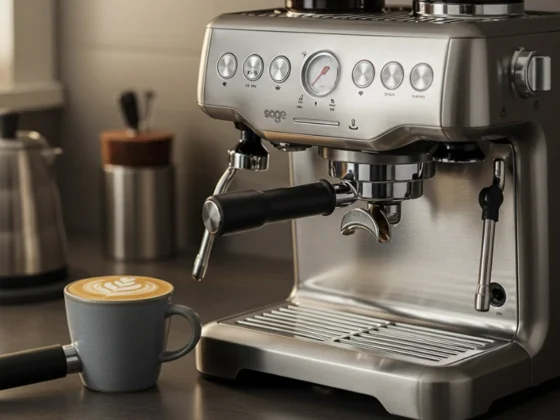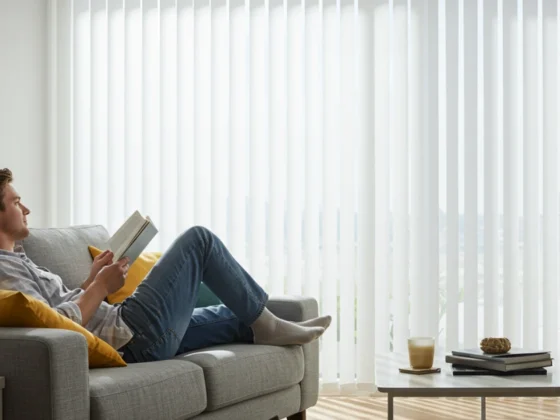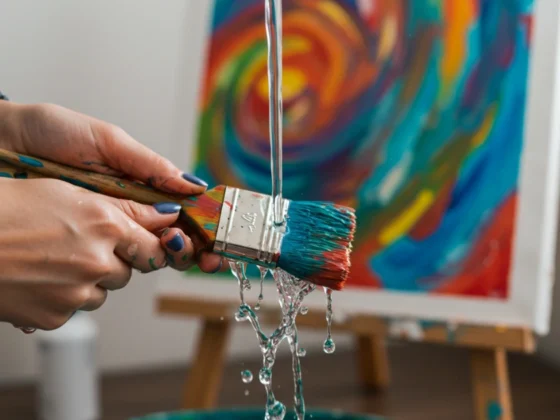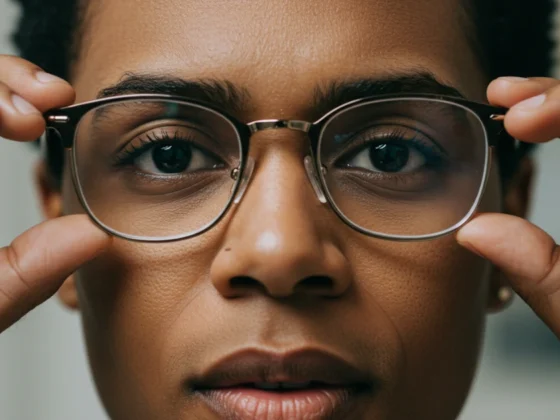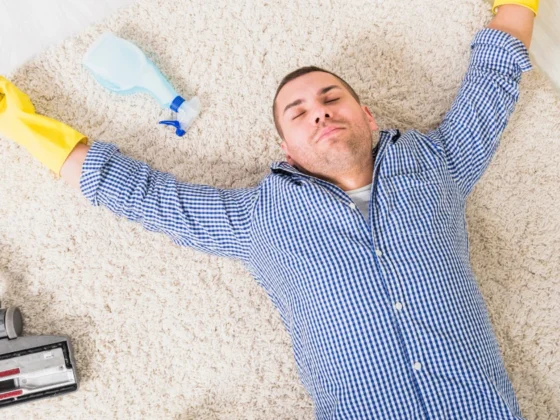Cleaning vinegar is a strong, eco-friendly choice for cleaning your home. It’s a safe and affordable way to clean without harsh chemicals. You can use it to clean many surfaces in your home.
More people are looking for natural ways to clean their homes. Cleaning vinegar is a great choice for those who want to avoid toxic chemicals. It helps you get your home sparkling clean without harming the environment.
Cleaning vinegar is leading the way in sustainable cleaning. It’s great for many cleaning tasks, making it a versatile natural product.
What Makes Cleaning Vinegar Different from Regular Vinegar ?
Cleaning vinegar is more than just a kitchen item. It’s a strong cleaning solution with special properties. Knowing what makes it unique can change how you clean your home.
The Science Behind Vinegar’s Cleaning Power
Cleaning vinegar’s power comes from its acetic acid. It has 6% acetic acid, more than regular vinegar’s 5%. This small difference makes it much better at cleaning.
- Breaks down mineral deposits
- Cuts through grease and grime
- Eliminates bacteria naturally
Cleaning Vinegar vs. Regular White Vinegar
Choosing the right vinegar for cleaning is key. Here’s a comparison to help you decide:
| Property | Regular White Vinegar | Cleaning Vinegar |
|---|---|---|
| Acetic Acid Percentage | 5% | 6% |
| Cleaning Strength | Moderate | Enhanced |
| Food Safe | Yes | Not Recommended |
pH Levels and Their Importance in Cleaning
Cleaning vinegar’s acidic nature is its secret. With a pH level of 2.5, it breaks down dirt and more. This makes cleaning vinegar a natural and powerful alternative to harsh chemical cleaners.
What You Need for Cleaning with Vinegar ?
Cleaning with white vinegar needs the right tools for the best results. Make sure your cleaning kit is well-stocked for effective use of this natural cleaner.
- Spray bottles (glass or BPA-free plastic)
- Microfiber cloths
- Scrub brushes
- Protective gloves
- Measuring cups
Choosing the right tools is key when cleaning with white vinegar. Glass spray bottles are best because vinegar can harm some plastics. Microfiber cloths are great for cleaning without streaks on many surfaces.
| Tool | Purpose | Recommended Material |
|---|---|---|
| Spray Bottle | Mixing and applying vinegar solutions | Glass or High-Quality Plastic |
| Microfiber Cloth | Wiping and polishing surfaces | Lint-Free Microfiber |
| Scrub Brush | Tackling tough grime | Soft-Bristled Nylon |
Pro tip: Mixing white vinegar with baking soda boosts cleaning power. This combo is a strong, eco-friendly cleaner that fights dirt without harsh chemicals.
Your vinegar cleaning kit should be versatile and ready for any household task. Quality tools make cleaning with white vinegar more efficient and fun.
Safe Surfaces for Vinegar-Based Cleaning Solutions
Before you start cleaning with vinegar water, it’s important to know which surfaces are safe. Not all materials react the same way to vinegar’s acidity. Knowing what works best can help avoid damage.
Materials Compatible with Vinegar Cleaning
Some surfaces really benefit from vinegar water solutions. These include:
- Stainless steel appliances
- Ceramic tiles
- Glass surfaces
- Chrome fixtures
- Porcelain bathroom fixtures
Surfaces to Approach with Caution
Some materials are sensitive to vinegar’s acidity. Be careful with:
- Natural stone surfaces like marble or granite
- Hardwood floors
- Waxed surfaces
- Aluminum cookware
- Cast iron cookware
Surface Compatibility Testing
Always do a patch test before using vinegar water on any surface. Choose a small, inconspicuous area and apply a diluted vinegar solution. Wait 24 hours to see if there’s any damage. This step can prevent expensive repairs.
By following these tips, you can use vinegar water effectively and safely. This way, you’ll protect your home’s surfaces from harm.
Creating Effective Vinegar Cleaning Solutions
Cleaning vinegar is a powerful natural cleaner that can change how you clean your home. It’s important to know which vinegar to use for cleaning. Standard white vinegar is good, but cleaning vinegar with higher acidity is even better.
To make great cleaning solutions, you need to know the right mix of vinegar and water. You also need to add the right ingredients. Here are some key recipes:
- All-Purpose Cleaner: Mix 1 part cleaning vinegar with 1 part water in a spray bottle
- Tough Stain Remover: Use undiluted cleaning vinegar directly on stubborn marks
- Gentle Surface Cleaner: Combine 1/4 cup vinegar with 2 cups water
When making your cleaning vinegar solutions, keep these storage tips in mind:
| Solution Type | Shelf Life | Storage Recommendation |
|---|---|---|
| All-Purpose Cleaner | 1-2 months | Cool, dark place |
| Specialized Solutions | 2-4 weeks | Sealed glass container |
Always test your homemade cleaning vinegar solutions on a small area first. This makes sure they work well on different surfaces.
Kitchen Cleaning Applications with Vinegar
White vinegar makes your kitchen shine without harsh chemicals. It’s a natural way to clean and keep your kitchen safe and clean. It’s perfect for all your kitchen cleaning needs.
Countertop and Appliance Cleaning
Your kitchen surfaces need extra care. White vinegar makes a strong cleaner that removes grease and grime easily. To clean countertops and appliances, mix:
- 1 part white vinegar
- 1 part water
- Optional: Few drops of essential oil for pleasant scent
Dishwasher and Sink Maintenance
White vinegar fights mineral buildup and bad smells in dishwashers and sinks. Run an empty dishwasher cycle with a cup of vinegar to get rid of soap scum and make it shine.
| Area | Cleaning Method | Frequency |
|---|---|---|
| Dishwasher | 1 cup white vinegar in empty cycle | Monthly |
| Sink Drain | 1/2 cup vinegar + hot water flush | Bi-weekly |
Food Storage Area Sanitization
Use white vinegar to clean refrigerators and pantries. Wipe down shelves and surfaces to eliminate bacteria and prevent food contamination. Mix equal parts water and vinegar in a spray bottle for quick, effective cleaning.
Bathroom Disinfection Using Vinegar Solutions
Make your bathroom cleaning easier with vinegar water solutions. They remove grime and kill harmful bacteria. Using vinegar water is a natural and effective way to clean, without harsh chemicals.
Vinegar is great for cleaning bathrooms because it kills germs. Its acidity breaks down soap scum and mineral deposits. It also stops mildew from growing, all without using harmful chemicals.
- Tackle toilet bowl stains with pure white vinegar
- Eliminate shower soap scum with vinegar-based solutions
- Prevent hard water buildup on fixtures
- Sanitize bathroom surfaces naturally
Cleaning your bathroom can be good for the planet and effective. A mix of vinegar and water cleans well, killing bacteria and making surfaces shine.
| Bathroom Area | Vinegar Solution Mixture | Cleaning Technique |
|---|---|---|
| Toilet Bowl | 1:1 White Vinegar | Pour directly, let sit 10 minutes, scrub |
| Shower Tiles | 1 cup vinegar + 1 cup water | Spray, wait 15 minutes, rinse |
| Sink Fixtures | Equal parts vinegar and water | Wipe with soft cloth, buff dry |
Using vinegar water in your bathroom cleaning routine is smart. It gives a deep clean that’s safe, saves money, and is good for the planet.
Using Vinegar for Window and Glass Cleaning
Glass surfaces can be tough to clean, but vinegar is a strong, eco-friendly option. It makes windows, mirrors, and glass surfaces shine without harsh chemicals.
Vinegar is great for removing dirt, grime, and streaks from glass. Its acidic properties help break down tough stains. You can make your own glass cleaner with just a few ingredients.
Streak-Free Window Cleaning Techniques
To make a great vinegar solution for windows, follow these steps:
- Mix 1 part cleaning vinegar with 1 part water in a spray bottle
- Use microfiber cloths or squeegees for best results
- Clean windows on cloudy days to prevent rapid drying and streaking
- Wipe in a consistent direction for maximum clarity
Mirror and Glass Surface Treatment
Different glass surfaces need special care. Here’s a detailed guide on how to clean them:
| Surface Type | Cleaning Method | Special Considerations |
|---|---|---|
| Mirrors | Direct vinegar solution | Avoid saturating edges to prevent backing damage |
| Shower Doors | Undiluted cleaning vinegar | Focus on soap scum and water spots |
| Glass Tabletops | Diluted vinegar solution | Gentle circular wiping motion |
Pro tip: Always test your cleaning vinegar solution on a small, inconspicuous area first. This ensures it won’t damage delicate glass surfaces.
Laundry and Fabric Care with Vinegar
Cleaning with white vinegar makes laundry eco-friendly and saves money. It’s a natural solution that offers many benefits for your clothes.
Using white vinegar in your laundry brings several great advantages:
- Natural fabric softener without harsh chemicals
- Odor elimination for stubborn smells
- Stain removal for various fabric types
- Brightening clothes without bleach
To use vinegar, add 1/2 cup to your washing machine’s fabric softener spot. This step removes soap residue, stops static, and keeps clothes fresh.
For delicate items, mix vinegar with water first. Always test on a small, inconspicuous area first to check if it works. Your clothes will last longer and look brighter.
Pro tip: Clean your washing machine with vinegar every month. Run a hot water cycle with 2 cups of vinegar. It gets rid of mold, mildew, and mineral buildup, keeping your machine in great shape.
Natural Deodorizing Methods with Vinegar
Vinegar is a strong and green way to get rid of bad smells in your home. For cleaning, white vinegar is the best choice because it works well for many tasks.
Room Freshening Techniques
Make your own air freshener with vinegar to get rid of bad smells. It’s easy and can make any room smell better.
- Mix equal parts water and white vinegar in a spray bottle
- Add 5-10 drops of essential oils for a nice smell
- Spray it on fabrics and open areas
Eliminating Tough Odors
It’s hard to get rid of strong smells in kitchens, bathrooms, and basements. White vinegar can break down these smells by changing their chemical makeup.
Pet-Related Smell Removal
Keeping your home smelling fresh when you have pets can be tough. For cleaning pet areas, always use white vinegar. It’s great at getting rid of smells naturally.
| Area | Vinegar Solution | Application |
|---|---|---|
| Carpet | 1:1 water and vinegar | Spray and blot |
| Pet Bedding | 1/2 cup vinegar in wash cycle | Neutralizes odors |
| Litter Box Area | Undiluted white vinegar | Wipe surfaces |
Pro tip: Always test vinegar solutions on a small, inconspicuous area first to ensure compatibility with different surfaces.
place.
FAQ
What is the difference between cleaning vinegar and regular white vinegar ?
Cleaning vinegar has a higher acidity level than regular white vinegar. It’s about 6% compared to 5%. This makes it better for tough cleaning tasks. It’s made for cleaning and is strong without harsh chemicals.
Can I use vinegar to clean all surfaces in my home ?
No, vinegar isn’t safe for all surfaces. Avoid marble, granite, hardwood floors, waxed surfaces, and some metals like cast iron or aluminum. Always test a small area first and check the manufacturer’s advice.
How do I make an all-purpose vinegar cleaning solution ?
Mix equal parts water and white vinegar in a spray bottle for a basic solution. For tougher jobs, use 2 parts vinegar to 1 part water. Adding a few drops of lemon or lavender essential oils can make it smell nice.
Is vinegar effective at killing bacteria and germs ?
Vinegar can kill some bacteria but isn’t as strong as commercial disinfectants. It can reduce germs but might not get rid of all bacteria and viruses. For better disinfection, mix vinegar with other natural cleaners or use EPA-approved products.
Can I use vinegar in my laundry ?
Yes, vinegar is great for laundry! Add 1/2 cup to the fabric softener to soften clothes, remove odors, and break down detergent. It brightens whites, prevents fading, and softens fabrics without harsh chemicals.
How should I store my vinegar cleaning solutions ?
Keep vinegar solutions in clean, labeled spray bottles away from sunlight and heat. They last 1-2 weeks. Use glass or high-quality plastic, not metal, to avoid reactions.
What types of vinegar are best for cleaning ?
White vinegar is best for cleaning because it’s clear and neutral. Use cleaning vinegar or distilled white vinegar for the best results. Avoid colored vinegars like apple cider vinegar, as they can stain or leave odors.
Are vinegar cleaning solutions safe around children and pets ?
Vinegar solutions are safer than chemical cleaners but still need caution. Keep them out of children’s and pets’ reach. Avoid spraying near food or water and ensure good air flow. Vinegar can irritate eyes or skin if used directly.



